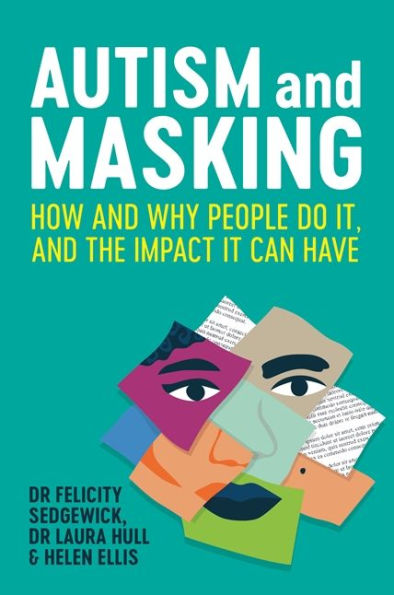Table of Contents
Acknowledgements 7
Preface 9
Introduction 12
Ch 1 What Is Masking and Who Does It? 15
A note on language 16
A brief history of masking in autism 18
The camouflage hypothesis 20
What is masking? 22
How to identify when and how much someone is masking 34
Measurement: Internal versus external 35
Measurement: Self-report 38
Who masks? (What we know and what we don't) 40
Are there differences in masking across genders? 42
When do people start masking? 47
Is it only autistic people who mask? 51
What about people who do not mask? 53
Ch 2 How Do People Mask? 61
Mimicry 61
Active versus instinctive masking strategies 63
Learning to lie 70
In conclusion to this chapter… 79
Ch 3 Why Do People Mask? And Where? 82
Is it just caring what people think of you? Reputation management 83
Reasons for masking 93
So, where do people mask? 114
Masking at school 114
Masking at university 120
Masking at work 128
Masking at social events 137
Informal social events 147
Large events 151
Not masking with autistic people 158
Ch 4 What Are the Consequences of Masking? 171
Research into masking and mental health 171
Risks arising from masking 179
In conclusion to this chapter… 187
Ch 5 How Can One Help around Masking for Different Groups? 196
Guidance for parents, siblings and wider family members 197
Guidance for partners/spouses and children (autistic and non-autistic) 206
Guidance for education professionals 210
Guidance for healthcare professionals 217
Guidance for employers 222
Guidance for autistic people 226
So, to sum up this chapter… 226
Conclusion 230
Glossary 233
Contributors 242
Bibliography 244
Index 263



